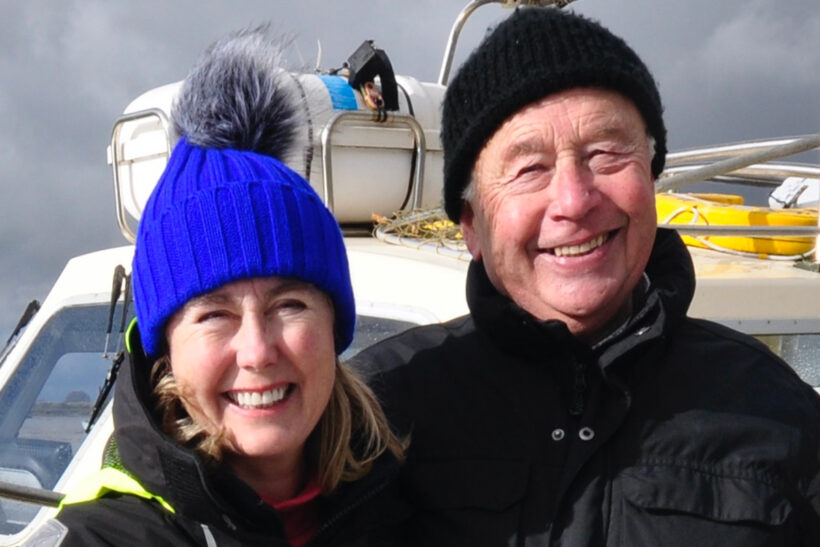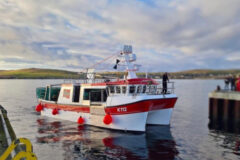A possible new and lucrative fishery is in prospect for Essex fishermen. It is early days, but it has been known for some time that large accumulations of Manila clams Ruditapes philippinarum are to be found on the Buxey Sand off the Dengie Peninsula, southeast of Mersea Island and northeast of the river Crouch. High densities of American razor clams Ensis directus are known to be present slightly further out. Historically this is part of the wider Thames cockle ground, but is on the fringe of the estuary within the ‘permitted’ cockle fishery, as opposed to the ‘licensed’ fishery governed by the Thames Estuary Cockle Fishery Order (TECFO) which covers the central and best cockle ground.
Cockle stocks in the permitted fishery have been spasmodic in recent years, to the extent that Kent and Essex IFCA has often not allowed fishing to happen, and when it has, boats have been allowed only a handful of trips towards or after the end of the main TECFO fishery season.
But it is boats taking part in the permitted fishery on the Buxey that have been bringing up Manila clams in large quantities, only to have to discard them because they have no permit to fish them.
The irony is that Manila clams and American razor clams are invasive species and voracious filter feeders, to the extent that large accumulations, as seem to be present on the Buxey Sand in particular, can change the nutrient structure of the water column to the detriment of other species.
If not fished, they will simply accumulate and outcompete other filter feeders, not least the cockles.
Both have a ready market, more so Manila clams which originate in the North West Pacific but have in recent decades been deliberately spread around the world and now constitute the second highest- value shellfishery – after the Pacific oyster – on the planet. Their first-sale UK prices are roughly four times those for cockles.
So Leigh-on-Sea resident, Paul Gilson, who is NFFO president and South East NFFO committee vice chairman, organised a trip to sea to show local MP Anna Firth the potential.
“The point of coming out today,” he said, “is to show our MP the quality and volume of the opportunity we have in the Thames estuary with these two types of clam. The possibilities are just enormous.”
Anna Firth said: “I’m absolutely delighted. What I’ve seen today is a real opportunity for our local fishermen. We have an enormous sandbank, the Buxey Sand, roughly seven miles by two miles, and as far as we know, it is full of clams that are not currently being harvested.
“What I’m going to be doing next week is to go back to the fisheries minister, updating him on what I’ve seen, and renewing my calls to get the site surveyed, so that we know how much we’ve got and what we’re looking at, and then what we need to do to manage it and get the fishery going.”

Southend West MP Anna Firth and her constituent, NFFO president Paul Gilson, on the quayside.
Prime minister Rishi Sunak and home secretary James Cleverly visited Leigh-on-Sea at the end of January, meeting Paul Gilson and Anna Firth to be briefed on the potential of the new fisheries.
This story was taken from the latest issue of Fishing News. For more up-to-date and in-depth reports on the UK and Irish commercial fishing sector, subscribe to Fishing News here or buy the latest single issue for just £3.50 here.
Sign up to Fishing News’ FREE e-newsletter here.






